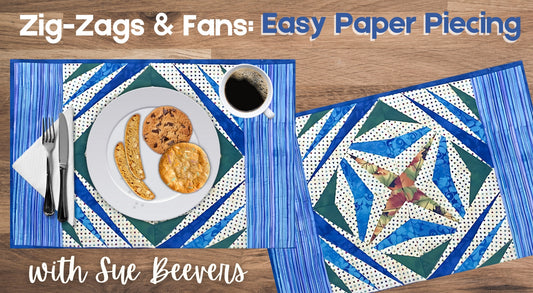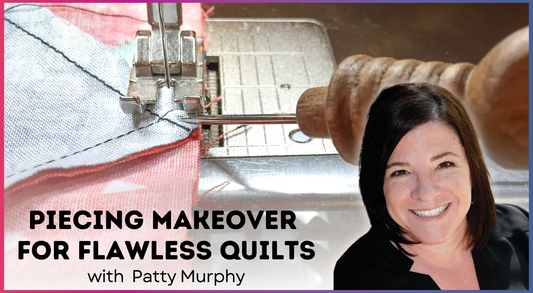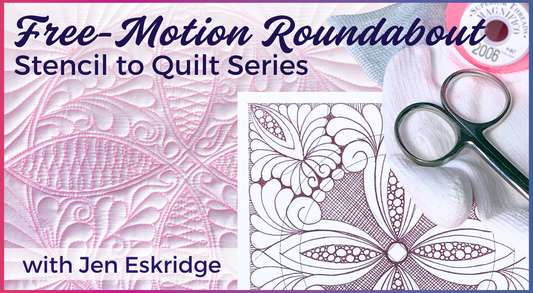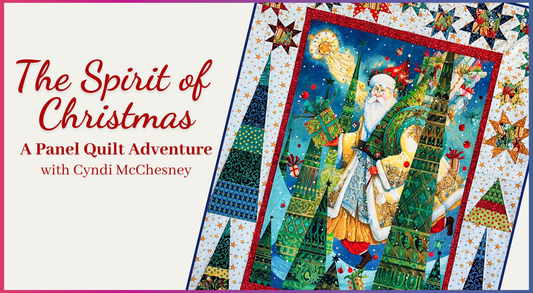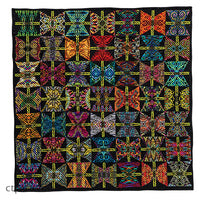
Simple Quilts, Complex Fabric
Share
I’ve been making quilts since 1968. Until 1986 I was a dabbler who tried every traditional block she read about. That’s when I met a gorgeous, bilaterally symmetrical Liberty of London print, the inspiration for my detour toward a kaleidoscopic quilt series. But the charm of the traditional quilt has always stayed with me. Combining the complexity of my Benartex fabric collections with quilts of simple construction yielded results that seemed book-worthy—although (between us) I’d always rather be making a quilt than writing about making it.
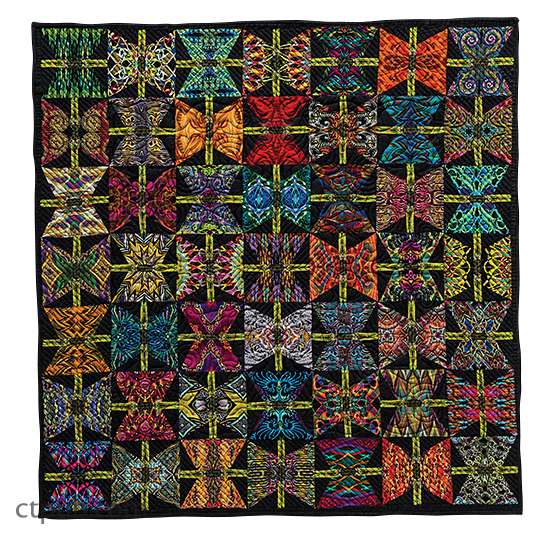
An Agreement of Butterflies, designed and pieced by Paula Nadelstern, quilted by Rebecca Gore, 34 1/2’’ x 35 1/2’’, 2015
Let’s establish upfront: I am a Patternista—I made that term up, but to me it means I have an extreme aesthetic and intellectual fascination with patterned textiles. I design them, I collect them, and my art quilts are filled with repeated decorative designs. Finding an unexpected relationship between two patterns or creating a pairing that yields a more exquisite or whimsical result than the individual patterns on their own stirs my imagination and makes me happy.
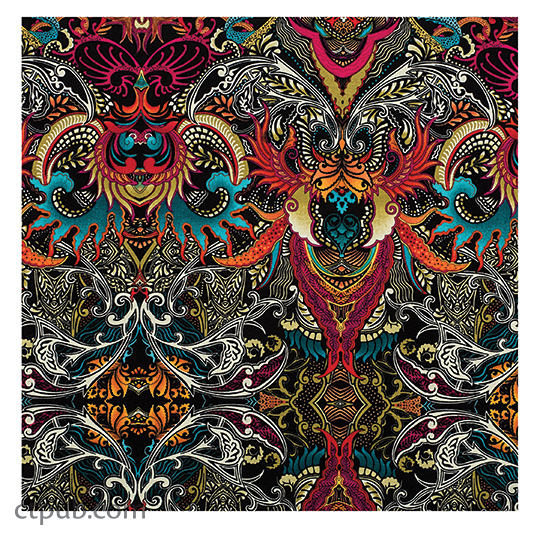
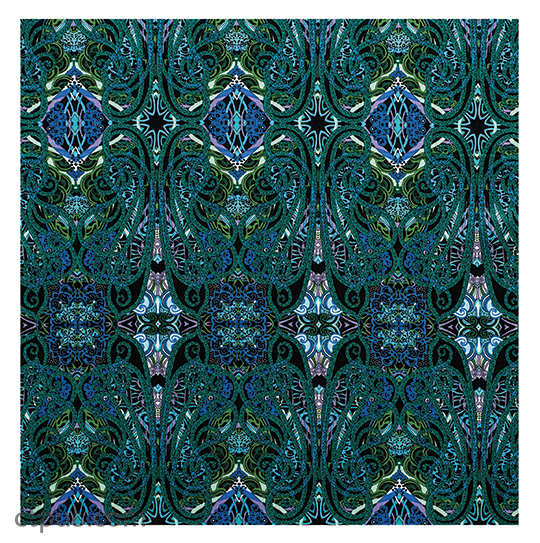
The appeal of this design strategy led me to one of my signature techniques: a tendency to obscure the piecing seams rather than highlight them. This design strategy is one of many explored in depth in my new book, Fabricadabra—Simple Quilts, Complex Fabric, along with my personal piecing policies and functional fabric categories. The large gallery section showcases a diverse array of stunning 36”-square quilts made of simple shapes. The quilts may seem complex, but the clear layout illustrations beg to differ. Not all of the quilts were made or quilted by me. I got a lot of help from my friends. I hope you’ll find them creative, wonderful, and inspiring.
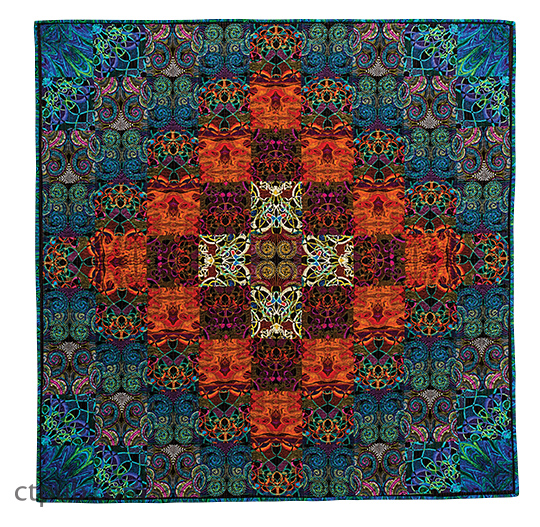
A Visual Palindrome, designed and pieced by Paula Nadelstern, quilted by Beth Carney, 36” x 36”, 2013
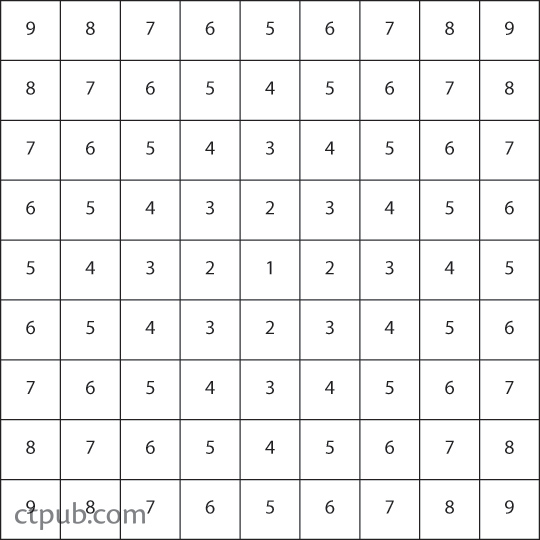
Layout for A Visual Palindrome

